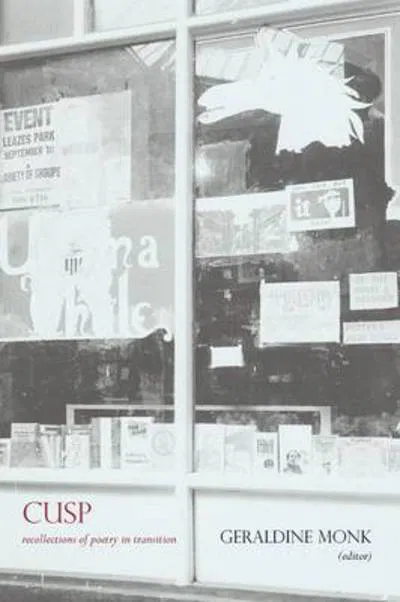
Powiedz znajomym o tym przedmiocie:
Pendle Witch-words
Geraldine Monk
Pendle Witch-words
Geraldine Monk
When I first began my research into the Pendle witches in 1984 it proved exceedingly difficult to unearth any serious literature on the subject. Like many Lancastrians I first heard of the witches through the oral tradition of local myths and legends which had been passed down through the centuries but trying to discover the reality behind the folklore was, at the time, a struggle. The handful of local guide books available tended to cloak uncomfortable reality with cartoon images of haggish women with pointy hats, pointy noses and broomsticks; the template witch so beloved by children. Harsh facts were tagged on or sketchily embedded in the jokey safety of harum-scarum fantasy and consumer-friendly witchery.
The complex reality of these unlucky hill people caught up in their time, belief systems, religious persecution and the ambitions of petty officials is infinitely more disturbing and compelling than the clichéd merchandise of the Halloween circus served up by today's supermarkets or the trite albeit entertaining motifs of Hammer Horror films. It became increasingly obvious that the truth behind this sad and messy episode from our past was an inconvenience few wanted to deal with.
Collusion and reinforcement of the oblique misogyny and class snobbery that ran through many of these narratives suggested that the octogenarian matriarchs Anne Whittle (Chattox) and Elizabeth Southern (Demdike) were indisputably witches because they were elderly peasant women whereas the gentlewoman Alice Nutter was almost always excused and explained away as being a Roman Catholic. This type of ill-considered value judgment was meted out and made more depressing by an unquestioning reiteration of such notions.
When I finally tracked down a dog-eared transcript of Thomas Potts' account of the witch trials in my local reference library (so rare at the time I was not allowed to borrow it) it was a revelation to read an eyewitness account. A real version of reality rather than a version of fantasy. So piece by piece, year by year I gathered as much information as I could for my series of poems on the Pendle witches and in 1994 it was published by Creation Books under the title Interregnum.
The original version of Interregnum contained one section based on autobiographical material and one concerned with people who had special connections to Pendle such as the founder of the Quaker movement George Fox, who had his vision on Pendle Hill and was also incarcerated in Lancaster Castle, and the poet Gerard Manley Hopkins who taught at Stonyhurst college in the shadow of Pendle. There was also a scattering of contemporary references and quotes from, for example, the Birmingham Six (tried at Lancaster Castle) and the wrongfully imprisoned Stefan Kiszko.
For this 400th commemorative edition I am reproducing the two sets of monologues, retaining the original idea of having one monologue under the popular folklore name, e.g. Squintin Lizzie, and the second under the birth name, e.g. Elizabeth Device. I have however altered the presentation so that the monologues are in pairs rather than in two different sections as in the original. I have also included three additional 'Chantcasters' monologues. It is worth noting that all the words in these three poems, bar three lines, are reworkings of poems which Gerard Manley Hopkins wrote whilst he was in residence at Stonyhurst College. I was spurred on to do this reworking by one of the guide book authors who had reproduced the rather fine three lined 'witches spell' and dismissed it as 'gobbledegook'. There was no recognition that the caprice of circumstance which can make the difference between being condemned to die as a witch or being celebrated as Jesuit poet-priest could be one of time, gender and class.
| Media | Książki Paperback Book (Książka z miękką okładką i klejonym grzbietem) |
| Wydane | 29 września 2012 |
| ISBN13 | 9781907812965 |
| Wydawcy | Knives Forks and Spoons Press |
| Strony | 48 |
| Wymiary | 140 × 200 × 4 mm · 77 g |
| Język | English |

 Świąteczne prezenty można zwracać do 31 stycznia
Świąteczne prezenty można zwracać do 31 stycznia






